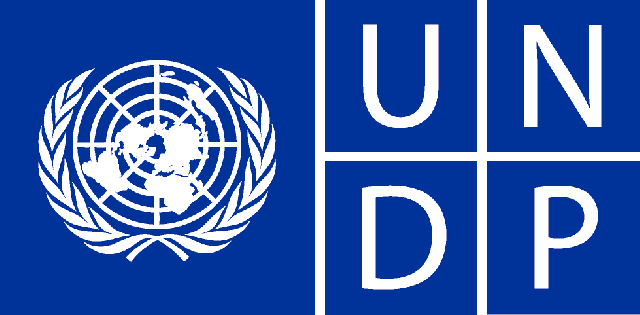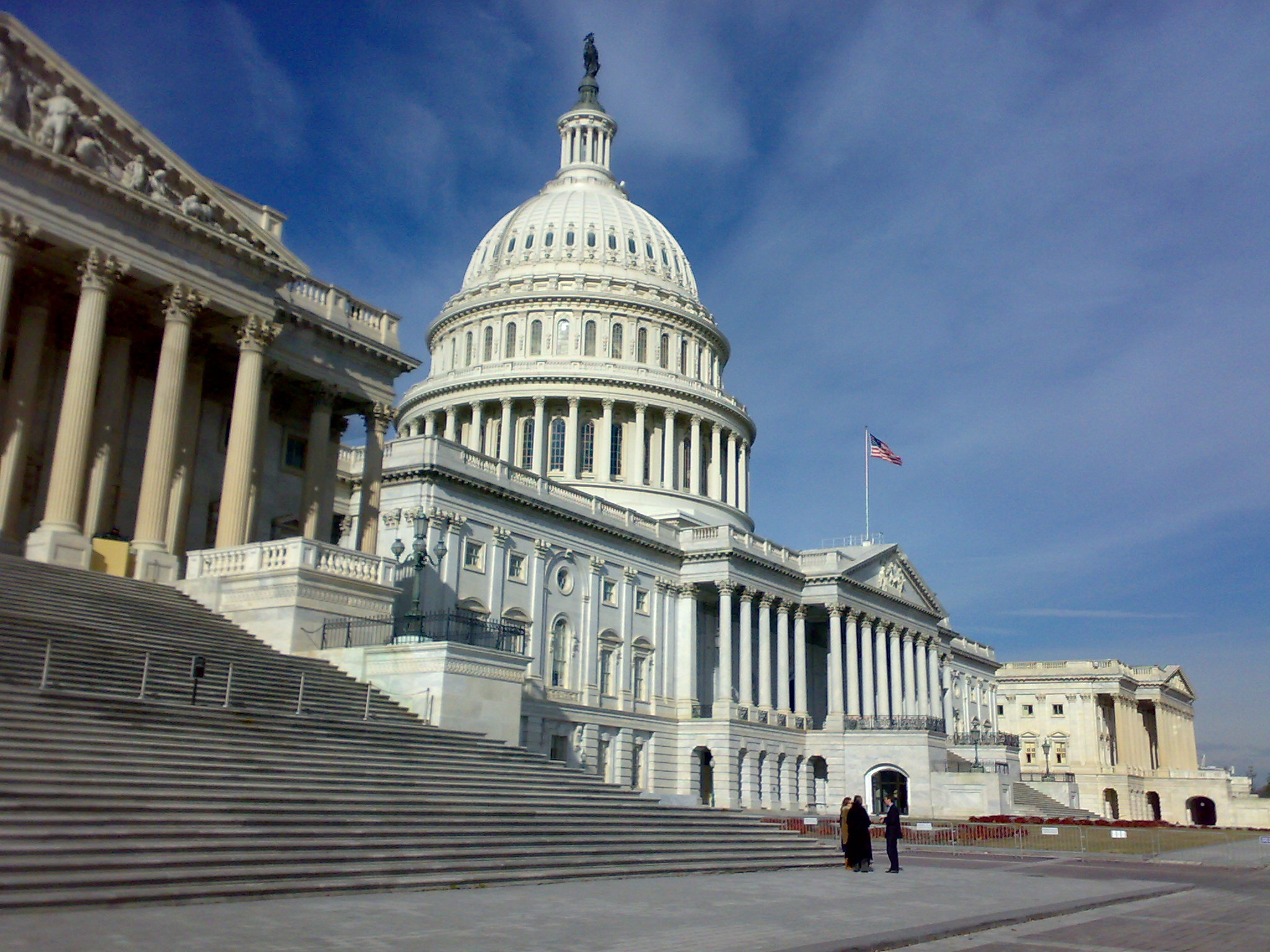By Libya Herald reporter.
Tunis, 14 April 2015:
A World Bank report issued today suggests that the Middle East and North Africa region . . .[restrict]may be in need of a new ‘‘Social Contract’’ in order to solve their longstanding problems.
The World Bank April 2005 MENA Economic Monitor says that ‘’A snapshot of the Middle East and North Africa (MENA) today reveals a diverse and discouraging picture. Syria, Iraq, Libya and now Yemen are mired in violent conflicts that are devastating people’s lives, infrastructure and national economies, with spillovers to neighboring countries such as Lebanon, Jordan and Tunisia’’, .
‘’But a longer-term perspective—a movie rather than a snapshot—indicates a more homogeneous region and a more hopeful future. Despite their current differences, MENA countries have since independence been following more or less the same development model’’.
‘’The state would provide free health and education for all. Food and fuels were subsidized, to the tune of 10 percent of GDP recently. The public sector was the main formal-sector employer. Perhaps in return for the state’s largesse, citizen voice was limited’’.
‘’From internationally comparable data, all MENA countries were below the regression line connecting “voice and accountability” with per capita income. Some people have described this development model as an “authoritarian bargain” or a social contract’’.
‘’This common social contract delivered relatively successful results on both economic and social fronts. In the 2000s, economic growth averaged 4-5 percent a year. Poverty rates were low and declining. Almost everyone completed primary school, and enrolment rates in secondary and tertiary education—especially for women—were high and rising’’.
‘’MENA registered the fastest decline in infant mortality rates in the world. Contrary to perceptions, inequality—as measured by conventional indicators such as the Gini coefficient—was lower than comparable countries elsewhere and either constant or declining’’.
‘’Yet, by the late 2000s, there were signs that this development model, which had achieved so much, was beginning to fray. The combination of high subsidies and large public-sector wage bills was too much for government budgets to bear. Fiscal deficits started growing. To avoid their growing even higher, public sector employment slowed down, and the public sector’s share in total employment started to decline’’.
‘’But the formal private sector did not grow fast enough to absorb the large number of educated young people entering the labor force. Unemployment rates rose to the highest levels in the developing world. Informal employment grew, dominated largely by men. In part because of the insecurity associated with the informal sector, women were discouraged from entering the labor force. MENA today has the lowest female labor force participation in the world’’.
‘’Meanwhile, although it continued to finance and provide health and education, the public system was falling short on two fronts–quality and equity. Secondary-school students, including those from high income countries like Qatar and UAE, were scoring poorly in international standardized tests’’.
‘’In response to the low quality, people resorted to the private sector, which undermined equity. In Egypt, over 70 percent of the students used private tutoring, leaving poor students, who could not afford it, at an even bigger disadvantage’’.
‘’With doctor absentee rates of 20-30 percent in public clinics in Egypt, Morocco and Yemen, patients, desperate for care, resorted to private clinics, often paying exorbitant rates. As a woman in Egypt put it, “You can go to the private clinic and lose your money, or go to the public clinic and lose your life”. Within countries, the quality of service delivery varied enormously, with the poorer areas being the most disadvantaged.
‘’Infrastructure services, too, were deteriorating, with electricity blackouts increasingly commonplace, and renewable water resources dwindling at an alarming rate’’.
‘’Perhaps the clearest signs that the social contract was not delivering were the “Arab Spring” revolutions in Tunisia, Egypt, Libya and Yemen, which were followed by political protests in Bahrain, Morocco and Jordan’’.
‘’People took to the streets to demand jobs, better public services, and dignity. Even in countries that had not seen popular protests, such as Algeria, Kuwait and Saudi Arabia, similar concerns about unemployment and the quality of education were being raised in multiple forums’’.
‘’The aftermath of the Arab Spring has been so turbulent, and in some cases so violent, that the underlying problems remain. Investment and hence growth rates have slowed. Unemployment rates, especially for youth and females, have risen. And there is anecdotal evidence, such as the garbage not being picked up in Tunis that public services have deteriorated’’.
‘’In order to propose solutions to these problems, it is important to better understand why the original social contract was reaching its limits. Why, when the public sector was cutting back, did the formal private sector not create enough jobs? Why are public services— that delivered so well the first generation of outcomes—failing with respect to quality and equity?’’.
Private-sector Jobs
‘’In MENA, as well as in high-growth economies, young firms and startups create the most jobs. Almost all net job creation in Lebanon and Tunisia was generated by young firms at their start-up period; i.e., in the first four years after they were established. For example, in Tunisia, micro-startups created 580,000 jobs between 1996 and 2010, accounting for 92 percent of all net job creation’’.
‘’In Lebanon small startups generated about 66,000 jobs between 2005 and 2010, accounting for 177 percent of net job creation. The second largest number of jobs (12,000) was created by young, large firms with 200–999 employees’’.
‘’The problem in MENA is twofold. First, not enough young firms are created. Not enough firms “die”, to make room for new firms to enter the market. MENA has among the lowest rates of new firms entering the market. Overall, the median age of firms is the highest in the developing world.’’
‘’Second, most small enterprises stay small or die. In Morocco and Tunisia, only a tiny fraction of one-person, micro or small firms had grown to a higher-size category—in ten years’’.
‘’Why are there so few young firms and why are they not growing? According to the enterprise surveys, the top four reasons include macroeconomic and regulatory uncertainty, political instability, and corruption’’.
‘’Interestingly, a constraint that is frequently mentioned in the popular literature—access to finance – does not rank in the top 10. The role of macroeconomic and political instability are well-known. For instance, instability skews foreign investment away from firms in manufacturing, which could create jobs and transfer technology, and towards real estate and extractive industry investments’’.
‘’As for regulatory uncertainty and corruption, there are many channels through which they impede firm and therefore job growth. Recent evidence on politically connected firms in Tunisia (under Ben Ali) and Egypt (under Mubarak) reveals that these firms received preferential treatment that included protection from domestic and foreign competition’’.
‘’ As a result, the sectors with connected firms were not competitive, making it difficult for new firms to enter them. Sometimes, connected firms received construction permits faster; and they were inspected by tax officials less frequently. The dispersion of number of inspections is higher in sectors with connected firms, suggesting that unconnected firms that compete with connected firms received more inspections’’.
‘’Not only was it difficult for new firms to enter sectors with connected firms, but—as a result of their monopoly power–the prices charged by these sectors, which in Tunisia included transport, telecommunications and banking, were so high that they made the exporting firms that bought these services uncompetitive. Since exporting is one way for firms to grow, this channel was effectively blocked in Tunisia’’.
‘’There is also evidence that energy subsidies, which continue to be prevalent in most MENA countries, favored larger, older, capital-intensive firms (because these were also energy-intensive firms), again making it difficult for firms to grow and create jobs. That these subsidies also benefited politically connected firms may explain why they have been so difficult to remove’’.
‘’Note that this combination of politically connected firms, monopolistic industries, and a large number of small firms stagnating is an equilibrium, in the sense that the system has no intrinsic impetus to change. Politicians and their business allies can continue to earn monopoly profits, while a large number of small firms stay small, and the private sector does not create many jobs’’.
‘’Yet, the implications of this low-level equilibrium are huge. Young people, who have finished school, cannot find a job in the public sector or formal private sector. Those who can afford to, will wait for a public-sector job to open up, because the combination of salary, benefits and security make it attractive. This explains why so many of the unemployed are university graduates’’.
‘’The legacy of attractive public sector wages also bids up the reservation wage in the private sector, often making it harder for the private sector to be internationally competitive. A particular case is in the GCC countries, such as Kuwait, where 95 percent of Kuwaiti males are employed in the public sector, so that the private sector, in order to be competitive, hires expatriate workers’’.
‘’Those who cannot afford to wait for an opening in the public sector join the informal sector, working at low wages with little security. The share of the labor force in the informal sector has grown substantially in the past decade to 67 percent’’.
‘’ The insecurity (in many senses of the word) of the informal sector has deterred women from entering it. The result is that, without many options in the formal private or public sectors, a large number of women drop out of the labor force entirely. Inasmuch as most of these women are educated (and some highly educated), the tragedy is that their education is not being put to use’’.
‘’While it is clear that the old social contract, where the government was the main employer, is broken, it is less clear whether government has been able to replace it with a new one, where government facilitates a dynamic, private sector that creates jobs’’.
‘’To do so, governments will have to make major changes in their policies and practices towards the private sector. Among these changes, the most important will be to promote competition in domestic industries, so that young firms can grow and create productive jobs’’.
‘’The second area where the social contract appears to have broken down is in delivering quality public services. Why has the quality of public services become so poor? The previous, top-down system could deliver on enrolment or prevention of childhood diseases because these were easy to measure and monitor, and required uniform inputs, such as teaching basic reading and writing, and immunization’’.
‘’Quality education and health care, especially if they are to respond to the global market, require more tailor-made approaches. Students want to learn different things. They learn at different speeds. Once childhood diseases have been eradicated, the population’s health problems are non-communicable diseases such as diabetes, hypertension and cancer, which affect individuals idiosyncratically’’.
‘’Addressing these second-generation issues of quality education and non-communicable diseases requires that the service provider—the teacher or the doctor—know about the student’s or patient’s individual needs, and be able and willing to respond to them. In short, they require that the service provider be accountable to the client’’.
‘’There is plenty of evidence that in MENA the accountability between service providers and citizens is not working, especially for poor people. Teacher absenteeism is as high as in low-income countries; doctor absenteeism is lowest in the capital city and highest in remote areas’’.
‘’Students get private tutoring because the public-school teacher is not teaching them what they want to learn (and poor students, who cannot afford to get the tutoring, lose out). The high share of doctors in private, or “dual”, practice is another example of the standard, publicly provided health system failing to deliver, especially to poor people’’.
When accountability is weak, services do not meet the needs of citizens who, in turn, begin to lose trust in government. In the Arab Barometer survey, two-thirds of those surveyed said government performance in improving basic health services was “bad” or “very bad.” Citizens end up resorting to informal networks and informal payments, further eroding accountability in the public sector and norms of public service. And without citizen participation, it is very difficult for the state to rebuild these institutions’’.
‘’The analysis extends to energy and water, where massive subsidies have led to deterioration in services (blackouts, etc.) and low agricultural productivity. Subsidies increase demand and, with lags in supply generation, shortages set in’’.
‘’Moreover, if the utility does not receive transfers from the government, it underspends on maintenance, deteriorating the grid further. Higher-income citizens opt out of the system and, as in Lebanon, use high-cost generators, whose suppliers then become a lobby against connecting to the grid’’.
‘’Significantly, subsidies make it difficult for consumers to hold service providers, such as utilities, accountable. Meanwhile, diesel subsidies have helped to deplete Yemen’s water table. At the same time, raising prices (reducing subsidies) is seen as politically sensitive, especially if citizens have lost trust in government’’.
‘’In short, public services are also in a low-level equilibrium, where, because of their inability to hold providers accountable, citizens are opting out of the public system, and moving towards market-based systems, such as private tutoring, private doctors, and power generators’’.
‘’And providers are supplying these services to supplement their public-sector incomes. The citizens’ loss of trust in government is validated by the government’s inability to serve them’’.
‘’The advantage of a market-based system is that the consumer is able to hold the provider accountable (if the teacher is absent, he does not get paid). In the case of higher education, it may also permit a better match between skills needed in the labor market and what the students learn’’.
‘’The disadvantage is that it discriminates against poor people, who cannot afford to pay market prices. The key to reforming public services, therefore, lies in a system where the consumer or client can hold providers accountable, while ensuring that poor people can get access to the quality services that are typically enjoyed by the non-poor’’.
‘’In this situation, what can be done? It is clear that the old social contract, although it delivered results in the past, is not suited to the needs of the current generation of citizens. The public sector can no longer be the main employer’’.
‘’The private sector has in some cases been captured by politically connected entities that resist domestic and international competition, even though these are necessary to create jobs. And public service delivery is not organized in a way that citizens, especially poor citizens, can hold providers accountable’’.
‘’Moreover, because these are a series of low-level equilibria, incremental reforms in one area may not dislodge the system. For instance, if we improve education quality but job creation does not increase, we may remain stuck’’.
‘’What is needed therefore is a series of changes at all levels. This implies neither another revolution or nor even “shock therapy”. Rather, it suggests changes in the set of economic relationships between citizens and the state; in other words, a new social contract’’.
‘’What would such a new social contract look like? First, instead of providing jobs in the public sector, the state promotes competition in the private sector and greater equality of opportunity for all entrepreneurs’’. ’Note that this shift signals a very different role for both the state and the private sector’’.
‘’Secondly, instead of providing free or subsidized, low-quality public services, the state replaces the subsidies with (targeted) cash transfers, with everybody paying market prices. In this way, poor people can afford to access the private services that only the non-poor currently consume. And public expenditures are used to finance public goods, such as infrastructure, and cash transfers (as above)’’.
‘’To be sure, these changes cannot, need not, and probably should not happen overnight. Nor do they apply in the same way to all countries. Countries in conflict will need to resolve the conflict first. At the same time, a strategy of “security at all costs” has its limits—the country may end up in another low-level equilibrium of security with low growth. The transition countries have to modulate changes to accommodate the political forces that may otherwise destabilize the country’’.
‘’In some of these countries too, security and stability may be the short-run priorities. But the need to address the inexorable demands for jobs and better public services will remain paramount. Finally, the oil-rich countries have a cushion in their reserves, so they can plan the changes with a longer time horizon’’.
‘’Getting there will not be easy. Many vested interests in the status quo will resist the change. As mentioned above, citizen trust is limited. Reform champions will have to build coalitions for change. But the people of the region are demanding jobs and better service delivery; they are demanding change. And the Arab Spring taught us that they want their voices to be heard’’.
‘’The old social contract has served its purpose. It is hard to see how the MENA region can solve its longstanding problems without a new social contract. Inasmuch as MENA countries have shown that, with the old social contract, they were able to deliver substantial progress to their citizens, they can do the same with the new social contract’’. [/restrict]









